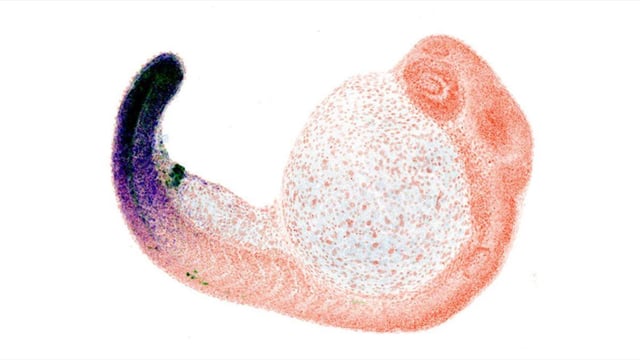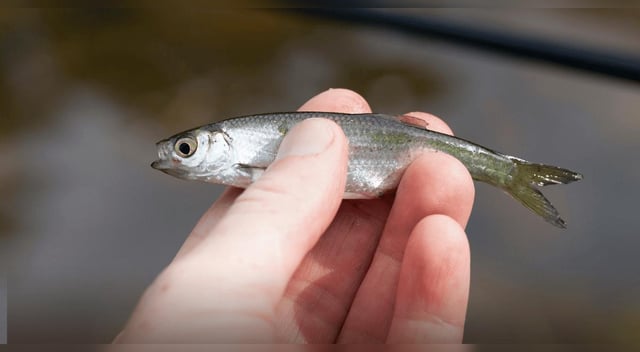Overview
- An international team from the University of Geneva, EPFL, Collège de France, Harvard and the University of Chicago reports the findings in Nature.
- Comparative genomics pinpointed a conserved non-coding landscape called 5DOM that regulates Hox genes tied to distal limb patterning.
- Deleting 5DOM in mice disrupted finger and toe development as well as external genital formation, demonstrating its regulatory role.
- In zebrafish, 5DOM loss erased Hoxd13 activity in the cloaca without altering fins, with reporter assays showing species-specific activation.
- The authors conclude that digit anatomy arose through evolutionary co-option of regulatory DNA conserved for roughly 350–380 million years, a model with implications for limb malformations and regenerative research.


